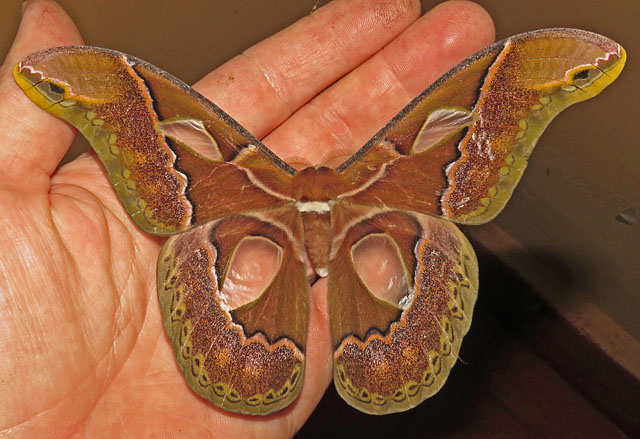Rich Hoyer on his recently completed tour, Peru: The Cloud Forests of the Rio Mayo and Abra Patricia
Our tour to northern Peru’s cloud forests of Abra Patricia and the Alto Mayo Valley was full of exciting and beautiful birds. We saw over 350 species in nine days, many of them with exceedingly small world ranges and drenched with colors. It helped that there are now eight hummingbird feeding stations on our route, and we tallied at least 45 species of these jewels, including such scarce and little known species as Koepcke’s Hermit, Blue-fronted Lancebill, Greenish Puffleg, and Rufous-vented Whitetip. One of our main targets was the unbelievable (even when you actually see it) Marvelous Spatuletail, which was already at the feeders when we walked up to them.
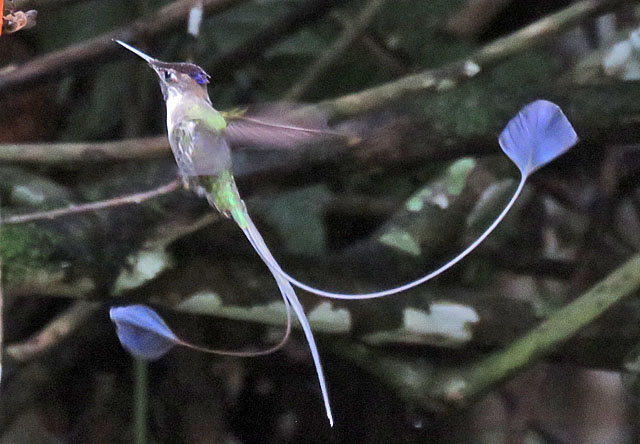
The big bully and most abundant hummingbird at a couple of the stations, including at our lodging at Abra Patricia, was the nonetheless stunningly attractive Chestnut-breasted Coronet.
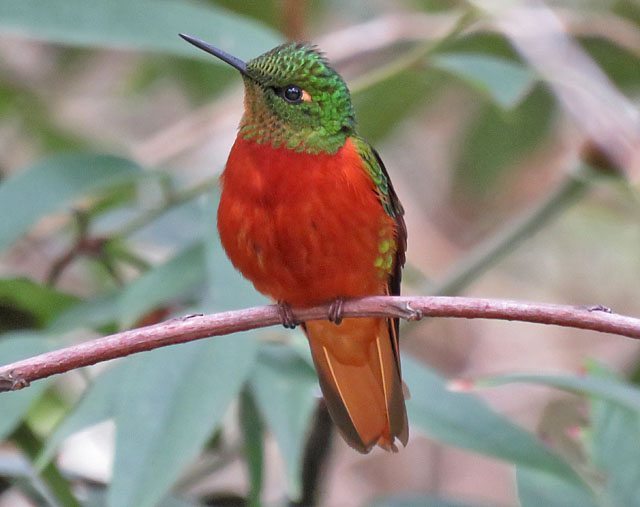
One of the feeding stations also has a brilliantly engineered blind with a hopper that delivers grain, and we were the lucky group one day to witness the arrival of a covey of Rufous-breasted Wood-Quail.
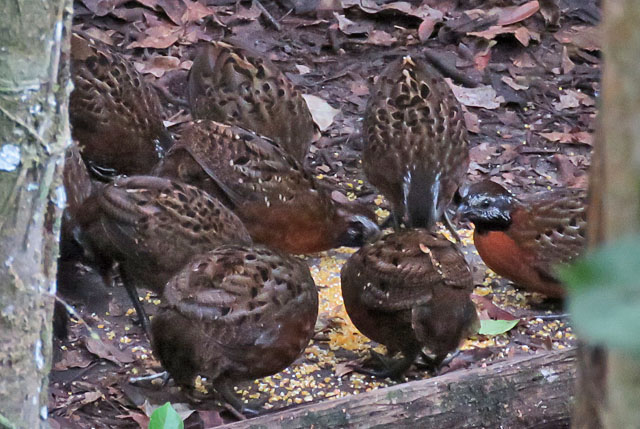
One of the most attractive birds with a limited range in Peru is the Yellow-scarfed Tanager, never a guarantee, and we were lucky to have a few on one day, including one on our hotel grounds.
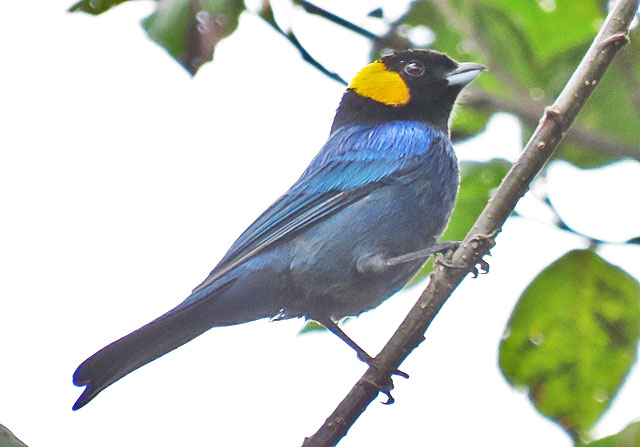
The much more widespread and common Paradise Tanager never ceases to attract attention.
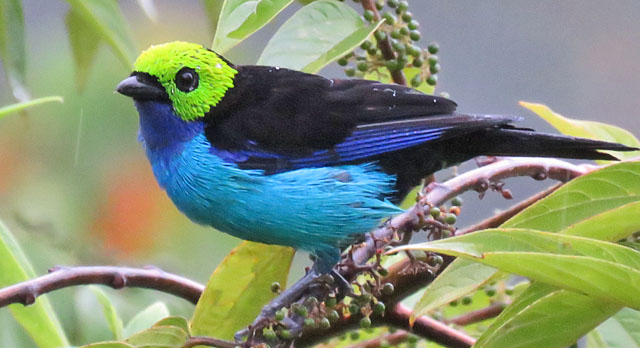
We heard a couple Golden-headed Quetzals before one came into view for a most memorable encounter.
P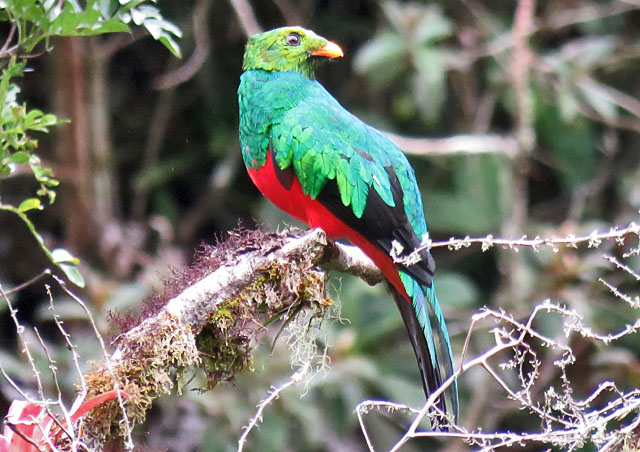
Even drab birds were part of the tour’s experience, such as a Sulphur-bellied Tyrant-Manakin on a nest, perhaps still undescribed.
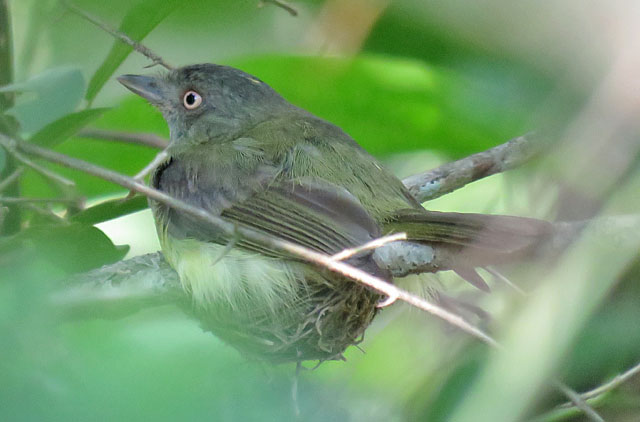
The odd Oilbird is always a highlight of this tour, given that we view them from a small bridge on the main highway, perhaps the most accessible breeding colony in the world.
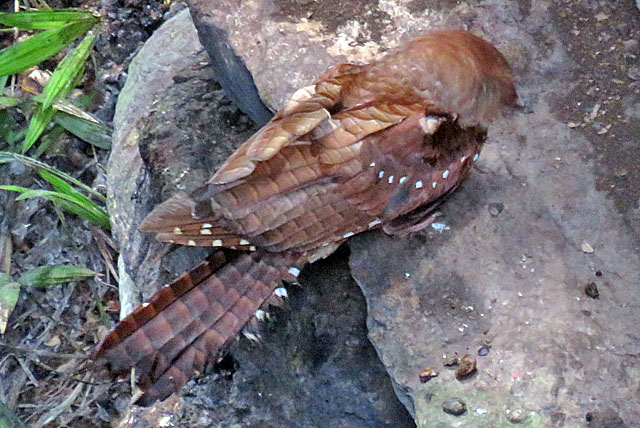
We were awash with blooming orchids, many of them fragrant, and the huge, recently described Phragmipedium kovachii was simply spectacular, described as the most important orchid discovery in the past 100 years.
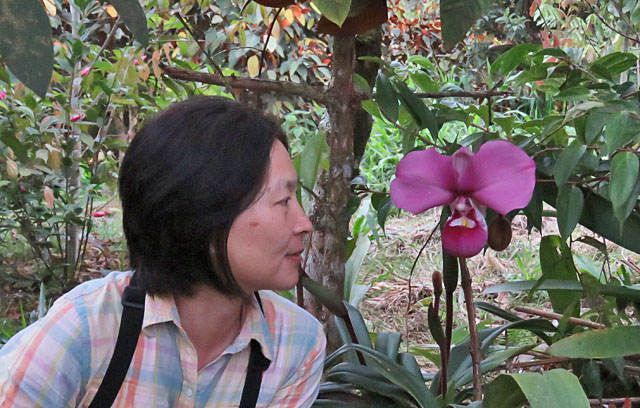
The lights at the owlet lodge drew our attention every evening and early morning with a bewildering diversity of moths, beetles, and other invertebrates; this Rothschildia aricia silk moth was by far the most spectacular.
